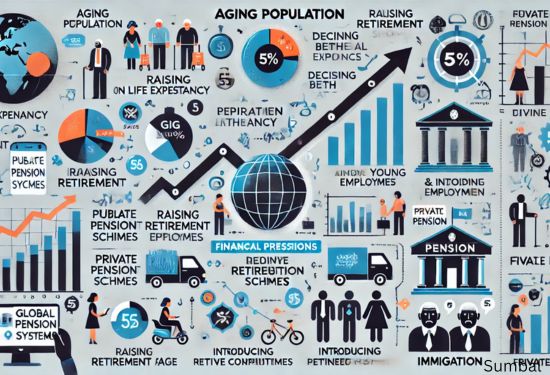The Future of Financial Analytics
Financial analytics, the cornerstone of informed decision-making in finance, is undergoing a profound transformation driven by advancements in technology and shifting market dynamics. As businesses demand more accurate forecasts and deeper insights into markets, the role of financial analytics is expanding. This article explores the current trends shaping this field and offers predictions about its future developments.

Current Trends in Financial Analytics
Integration of Big Data: Today's financial analysts are not limited to traditional data sets. They now leverage big data, pulling information from a multitude of sources including market data, social media, transaction records, and even IoT devices. This integration allows for a more holistic view of market conditions and consumer behavior, enabling predictions and decisions with a higher degree of accuracy.
Advanced Predictive Analytics: The use of sophisticated models and algorithms to predict future market behaviors and investment outcomes is becoming more prevalent. Machine learning techniques, for instance, allow analysts to identify patterns and trends that were previously undetectable. This capability is transforming areas such as risk management, investment strategy, and customer segmentation.

Future Predictions for Financial Analytics
Looking ahead, several key developments are expected to shape the future of financial analytics:
Greater Emphasis on Real-Time Analytics: In the future, the ability to perform real-time analytics will become a competitive differentiator in the finance sector. Financial institutions will invest in technologies that can provide instant insights into market conditions, customer behavior, and operational performance. This shift will enable quicker responses to market changes and more dynamic risk management.
Expansion of Prescriptive Analytics: While predictive analytics can forecast what might happen, prescriptive analytics suggests actions to benefit from predictions. This type of analytics will become more sophisticated, using simulations and optimization algorithms to provide specific recommendations for complex financial decisions.
Ethics and Privacy in Data Usage: As financial analytics relies more on big data, issues of privacy and ethical use of data will gain prominence. Financial institutions will need to establish stringent controls on data usage and invest in secure technologies to protect customer information while complying with increasing regulatory requirements.
Collaboration between Man and Machine: The future of financial analytics will not be about machines replacing humans but rather machines augmenting human capabilities. Financial analysts will work alongside AI tools to harness their analytical power while providing human oversight and contextual understanding.

Blockchain for Enhanced Transparency: Blockchain technology could revolutionize financial analytics by providing a tamper-proof ledger for transactions. This transparency will allow for more accurate audits, better compliance tracking, and smoother reconciliations, enhancing the integrity of financial data.
Conclusion
The future of financial analytics is one of exciting possibilities. As technology continues to advance, financial analysts will have at their disposal more powerful tools to understand and predict market dynamics. The integration of AI, big data, and real-time analytics will not only increase the accuracy of financial decisions but also transform how businesses strategize and operate. With these advancements, the finance sector can look forward to more robust, timely, and insightful analytical capabilities, paving the way for smarter, faster decision-making.
(Writer:Cily)





